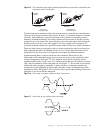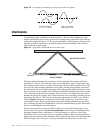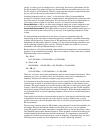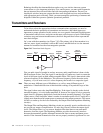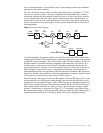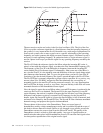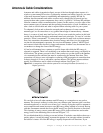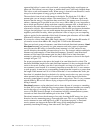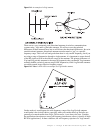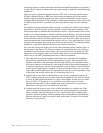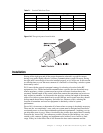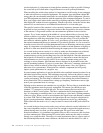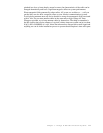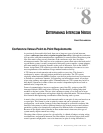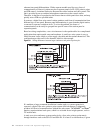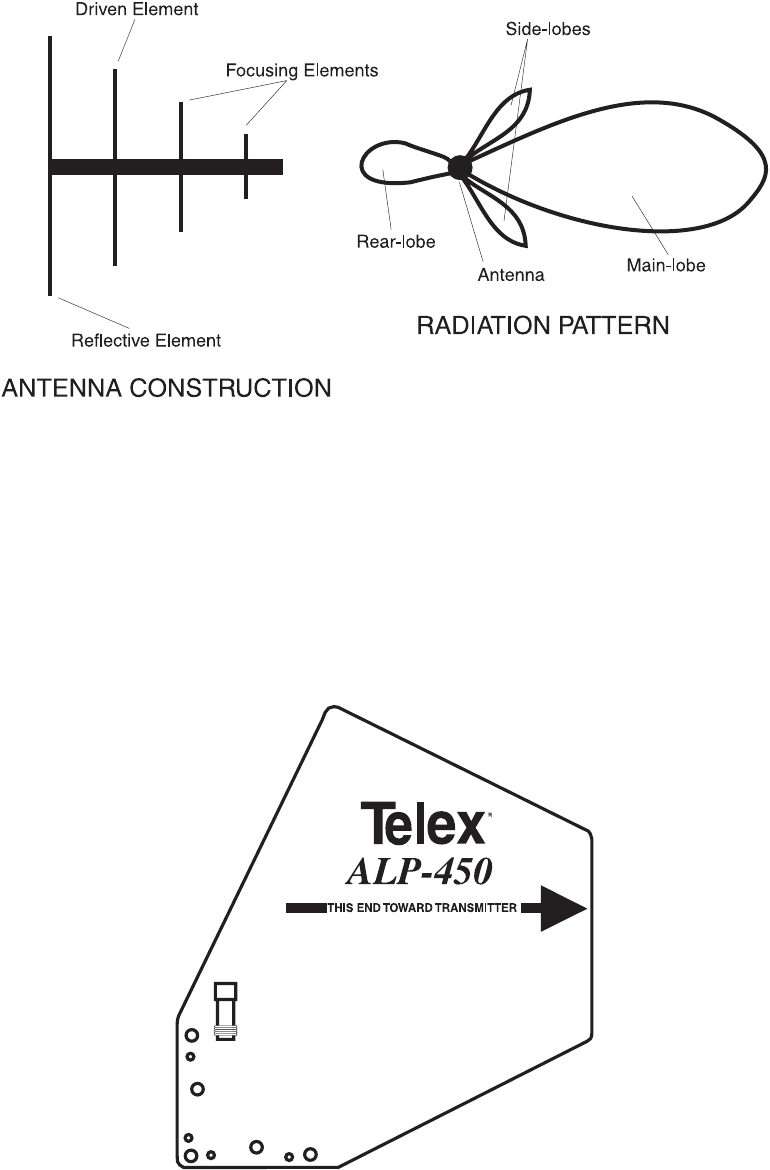
Chapter 7 - Design of Wireless Intercom Systems 107
Figure 7.14
An example of a Yagi antenna.
There are two very commonly used directional antennas in wireless communications
systems today, Yagi and Log Periodic antennas. We will not cover the technical
differences of these antennas here, but we will discuss the functional differences. Just as in
omni directional antennas, directional antennas must be tuned or “cut” to a specific
frequency range. This is all well and good when there is only one RF frequency, but if you
are using a range of frequencies through a single antenna, it is important to ensure that all
of the RF signals will be in the effective range of that antenna. The primary difference of
Yagi and Log periodic antennas is the range of frequencies they can handle. Yagi antennas
normally handle a relatively narrow range of RF frequencies, while Log Periodic antennas
can achieve much larger effective frequency ranges.
Figure 7.15
Telex
®
’s ALP-450 is an example of a Log Periodic antenna.
On the surface it would appear the wide frequency range of the Log Periodic antenna
would make it the obvious choice, especially when you consider that Log Periodics are
generally also much smaller than Yagis. This however, is not always the case. Consider
the application where there are strong off frequency interference sources (virtually all high
RF level applications!). In these situations, the off frequency rejection of a Yagi antenna



